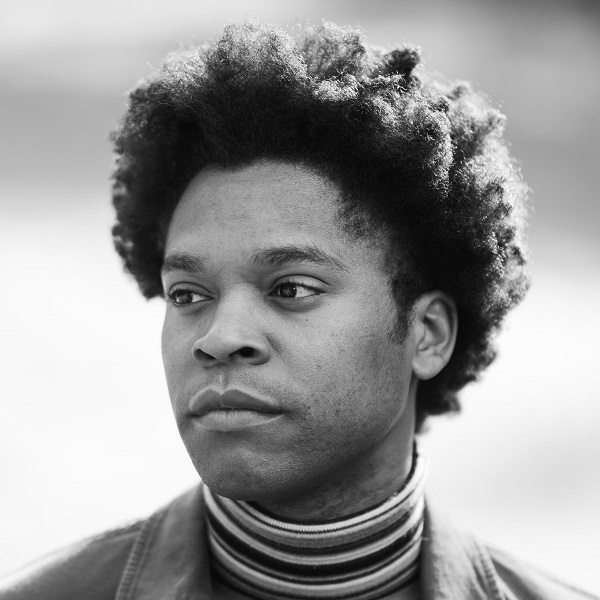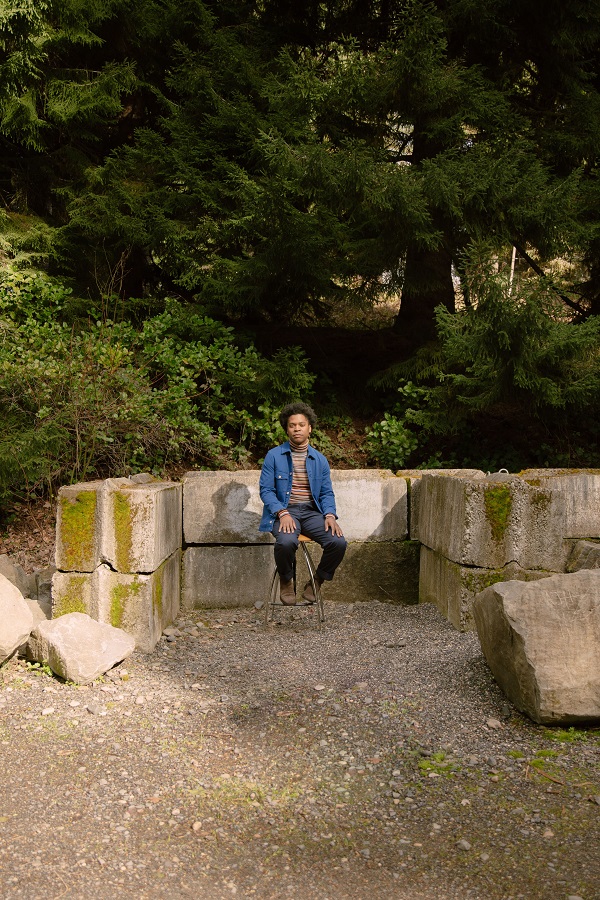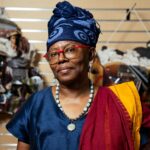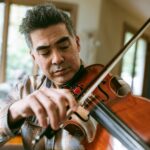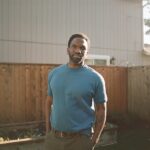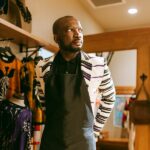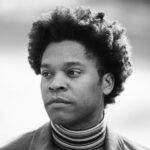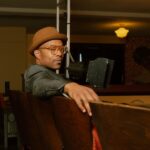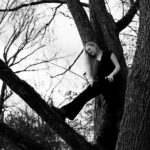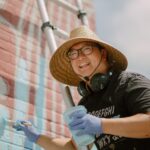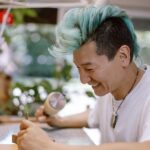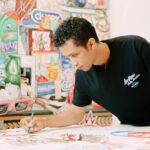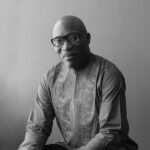The Artist Known as Jimmie
Written by Amber Flame; Photographed by Frankie Tresser
“What if I don’t want to yell at the top of my voice? What if I want to be quiet, or intense?”
Jimmie Herrod and I are discussing the trappings of fame, even on a small scale. Still perhaps best known for his shining moment when Sophia Vergara pushed the Golden Buzzer on America’s Got Talent, Jimmie’s stages and opportunities as a singer, actor, and performer have expanded exponentially since. When we speak, he is on the road as a vocalist with Pink Martini, a multi-genre, constantly touring “little orchestra” that performs original and cover music around the world. Pink Martini makes big, lively music, and much of the songbook has Jimmie singing full-voiced.
This is what audiences have come to expect from him as a singer, as a performer. It’s easy to get trapped in audience favorites—and yes, Pink Martini has added “Tomorrow” from Annie into their repertoire. They even released a Tomorrow EP featuring Jimmie in 2019, immortalizing his runaway AGT hit.
Herrod matter-of-factly reports about the busy international tour schedule, says his bandmates are like family, and expresses gratitude for a steady paying art gig—but when I ask him about the art he wants to be making, about what’s next for him creatively, his tone shifts to something more vulnerable and exploratory. “If they come to see just me, doing my thing, they’re going to get a very different show. The artist known as Jimmie….”
He breaks off as we giggle together because Prince, and perhaps at the implied rebellion in the reference. Even the titles for his original music present a stark contrast to the show tune set, or the bodacious energy he needed to portray the character of Angel from Rent at the Kennedy Center last year; his EPs are called Falling In Love and Learning (2018) and Elated (2022). Here, his genre-bending soundscapes back a wistful tenderness for a softer self weaving through. It’s a vastly different voice than the wide-open belting of Pink Martini’s songbook—more Donna Summers than Bette Midler.
It turns out Jimmie Herrod and I have walked a lot of the same paths at different times. Jimmie was a military kid who grew up in Tacoma, where I live now. We both studied at Cornish, an arts college in Seattle, and we both shifted our majors there from vocal performance to an individually crafted independent study. And we both write songs—we even have upcoming gigs at the same Seattle music spot, though Jimmie now lives in Portland. We get to reminiscing about teachers we’ve had, like old-head jazz greats Julian Priester, Jay Clayton, and Hadley Caliman. We gossip about how the Seattle music scene has shifted; we mourn together for great venues now gone, and laugh about busking and teaching and cobbling together independent contracts to make an “artist” life. Like so many hard-working creatives, Jimmie’s life has been the arduous slog of gig work.
As Jimmie recounts years of paying his dues, it’s clear he’s still paying them. “You just say yes to every opportunity to get in the door, to get a little deeper into the community,” Jimmie says. “And even after all these years, it wasn’t until very recently that I could say I was established in Portland, where I started getting gigs where it’s like, ‘Oh, I’ve made it inside now.’”
Plays, musical theater, performance art, choral work in churches, house bands in restaurants and bars—Herrod is above all a performing artist who can shift and morph into pop, jazz, funk, and R&B with ease. After moving south to attend Portland State, he’d take the Bolt bus to and from Seattle on his days off, packing in as many gigs as he could to put together an income. His years teaching at Portland State post-graduation gave him a certain level of financial stability, but took more and more away from his own creative life.
Now, there’s Pink Martini, the closest thing to stability a working artist can hope for. “The opportunity to play in front of hundreds of people, to packed houses, that’s rare for a singer!” Herrod mentions Pink Martini often, and says he’s thankful for the opportunity to be on tour with the crew. Much like Jimmie himself, the band’s leading strength is versatility, and a sort of joy in the performative aspect of music-making that grows loyal audiences.

